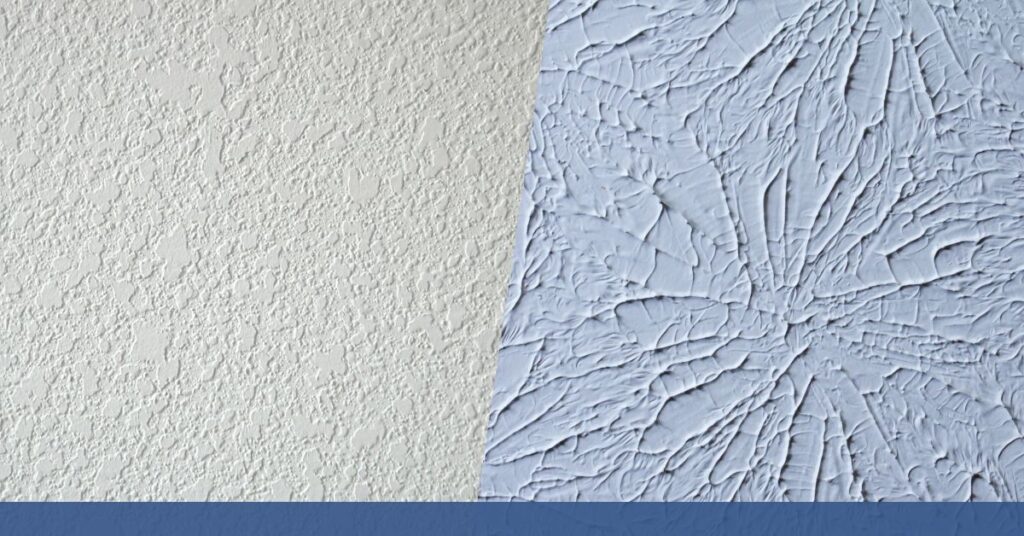People have had conflicting ideas about ceilings and how they should look over the past few years. Should they be able to blend in? Do they need to make a statement? Should it be bright or neutral? And more importantly, should they be smooth or have a popcorn-like texture?
Over the years, the options for a residential home’s ceiling have changed, but the popcorn style continues to be a trend. But when it comes to textured or popcorn ceilings, are they outdated or not?
Read on if you want to know if these types of ceilings are still up to date or not.
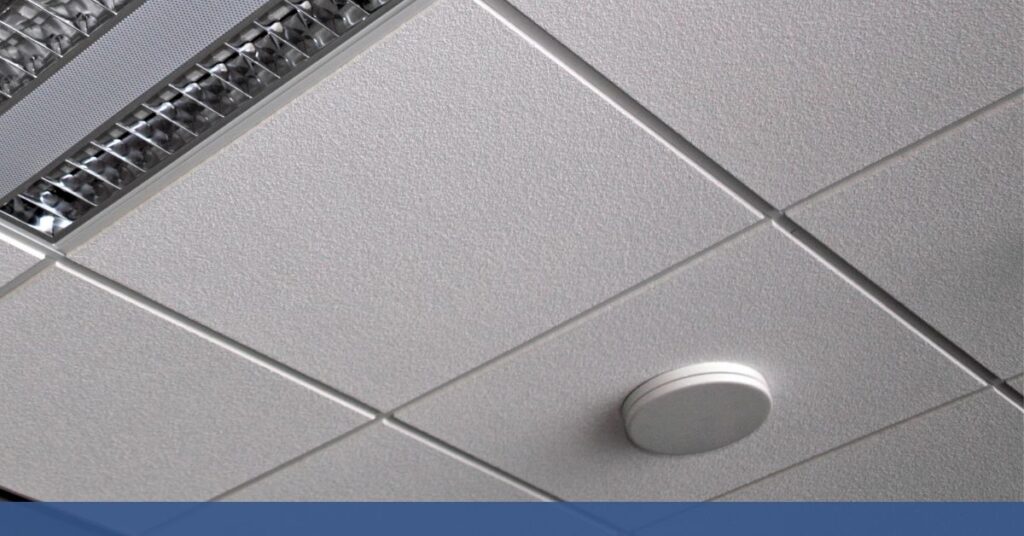
What are Popcorn Ceilings?
Popcorn ceilings became fashionable in the late 1950s. Also known as textured or acoustic ceilings, their resemblance varies: some have a thick texture similar to popcorn, while others look like a piece of cottage cheese. Other variations even appear like very fine sand.
During its popularity, builders would use it in homes because they were cheap and could easily hide surface imperfections. They were intended to improve a room’s acoustics by reducing the space’s ambient sounds and echoes. Popcorn ceilings are commonly found in entrance hallways, bedrooms, and basements.
Why Do Homes Still Have Popcorn Ceilings?
Homeowners usually have a difficult time when it comes to keeping their homes updated. For some, maintaining a ceiling with cracks and creases is too much of a hassle, considering how busy they are with work and family life. In addition, the textured look that popcorn ceilings give off makes drywall imperfections, uneven surfaces, and cracks almost unnoticeable. Remember that popcorn ceiling removal is costly too, and most homeowners currently don’t have the budget to perform such a project.
No matter how outdated popcorn ceilings are, some people think keeping them is a good idea. If it’s still functional, there’s no need to get rid of it, thus saving them time, money, and unwarranted stress in the years to come.
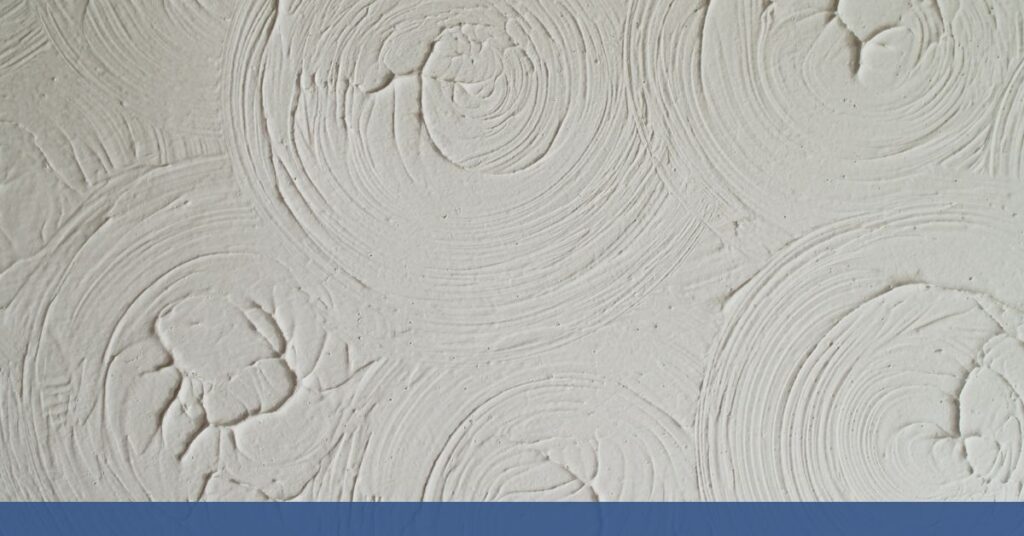
Advantages of Popcorn Ceilings
Popcorn ceilings offer some advantages, both for the builders and the homeowners.
Hides Imperfections
Textured ceilings have a knack for hiding surface imperfections gracefully. The tape and dirt seams employed for your plasterboard are examples of such flaws. From the builder’s perspective, popcorn ceilings are tremendously handy in hiding damages, leaks, or even poor workmanship.
Deadens Noise
One of the principal goals of popcorn ceilings, as previously stated, is to improve the room’s acoustics. These textured ceilings are also called acoustic ceilings since they are great at absorbing sound. In addition, the raised bumps on its surfaces are said to help muffle noise.
Cost-Effective
Not only are popcorn ceilings easy to install, but they’re also relatively cheaper than other alternatives like smooth ceilings. This cost-effective material allows you to pay your contractor less, or if you decide to do the project on your own, it saves you your hard-earned money.
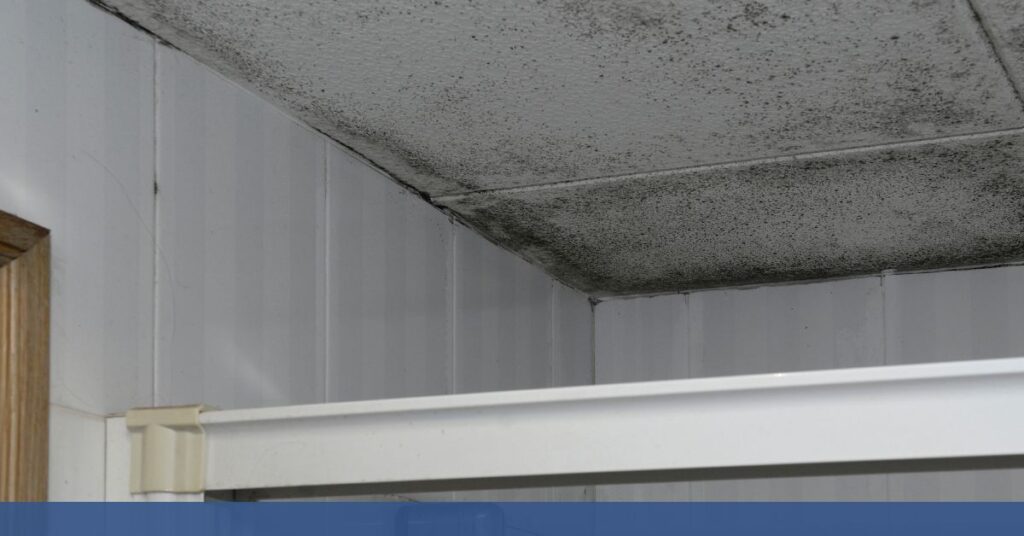
Drawbacks of Popcorn Ceilings
Difficult to Clean
Because of its rough texture, many homeowners see popcorn ceilings as challenging to maintain. Furthermore, cobwebs, dirt, and dust make cleaning it more difficult since they can attach themselves to the ceiling’s bumps and crevices.
May Contain Asbestos
If builders installed your popcorn ceilings before 1977, then it contains asbestos. Once inhaled, asbestos fibers can cause serious health issues like lung cancer, mesothelioma, and asbestosis.
Popcorn Ceilings Have an Outdated Appearance
Popcorn ceilings were a trend that swiftly faded out of style, and it was eventually banned in 1973 due to the health risks they posed to both painters and homeowners.
Difficult to Repair
Unfortunately, it can be challenging to restore a damaged popcorn ceiling. The critical task is to mimic its original texture to create a seamless patch that blends in with the surrounding areas.
Not Recommended for Kitchen and Bathroom Use
Smooth ceilings, rather than popcorn ceilings, should be used in areas such as kitchens and bathrooms. This is because water damage can cause the surface of the popcorn to come loose and peel off. Also, you wouldn’t want your ceiling parts to fall on you while cooking or showering!
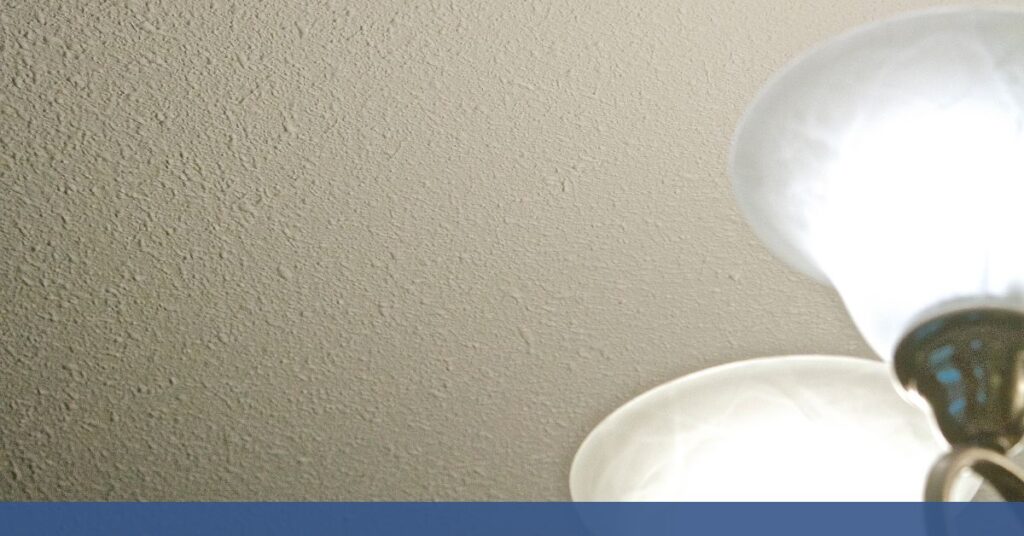
Are Popcorn Ceilings Outdated?
The idea of popcorn ceilings being outdated or not depends on you as a homeowner. Does it fit the style and look you’re trying to achieve, or does it serve more as a problem that needs solving? Modern homeowners find popcorn ceilings not aesthetically pleasing. However, there are still some benefits to consider if you plan to get rid of those ceilings.
As mentioned, textured ceilings or popcorn ceilings can hide a vast majority of surface imperfections on your ceiling, like scuffs and cracks. Even if smooth ceilings are polished and modern, they still can’t do some of the things that popcorn ceilings can. This is especially true once the natural or indoor lighting starts reflecting on its flat surfaces and highlighting imperfections.
What’s excellent about popcorn ceilings is that they’re not permanent. This is great, especially if you’re looking forward to selling your house soon.
You can remove your popcorn ceiling by yourself or by hiring a local paint contractor to do the job for you. And if you’re considering purchasing a home and you see that it has popcorn ceilings, don’t let that deter you. Just remember that you can easily remove them later.
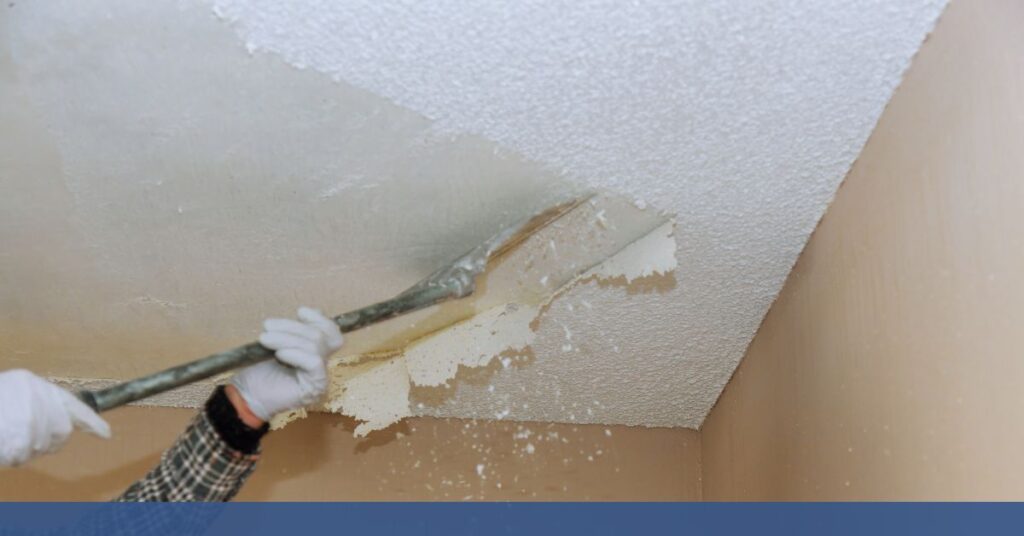
How to Get Rid of Popcorn Ceilings
Planning to get rid of your popcorn ceilings? Here are some things you can do:
Scrape It
Scraping your popcorn ceiling is arguably the most common way to remove it. It may be messy and grueling, but it’s cost-effective, and you can easily do it yourself. Use a 4″ utility knife or a drywall knife and work on the texture to create a smooth surface.
Cover It Up With Drywall
Aside from scraping it, you can affix a gypsum board to your ceiling. You’ll need to screw a ceiling-grade gypsum board into the framing and be sure to mud and tape it if you want a seamless job.
Skim Coat on a New Design
Another thing you can do is skim a coat on it. This is ideal if you want to restore your home’s former glory but don’t have the budget for smooth ceilings.
Paint It
If you don’t want to remove your popcorn ceilings, then why not paint over them? Of course, the job would be easier with a paint sprayer, but you can do it with a roller. Flat or matte finish interior acrylic-latex paint is one of the best paints for popcorn ceilings.

